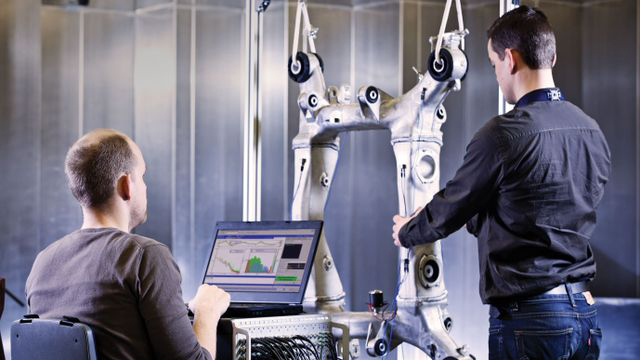
Simcenter™ Testlab™ software is a complete, integrated solution for test-based engineering, combining high-speed multi-physics data acquisition with a full suite of integrated testing, analytics, and modeling tools for a wide range of test needs. Our solution is designed to make individual users and complete teams more efficient. It is the ideal software for testing departments that need to be future-focused: offering the right balance between ease-of-use and engineering flexibility, and closing the loop with simulation.
Our solution significantly increases a test facility’s productivity, delivering more reliable results, even when the availability of prototypes is dramatically reduced.
Acoustic Testing
Acoustic quality and acoustic design are key aspects of product performance. Sounds play a critical role in conveying the right message about a product’s features and functionality, and reinforcing brand image attributes. At the same time, regulations and competitive pressure are forcing manufacturers to limit noise levels and meet stringent noise-making or noise-limiting standards. Engineers need productive tools to design, refine and validate prototypes throughout the development cycle.
Covering the broadest range of industry applications and engineering tasks while conforming to the latest international standards, our acoustic testing solutions adjust to your project’s requirements. Design innovative products with a compelling acoustic signature, relying on the expertise nested in our intuitive solutions.
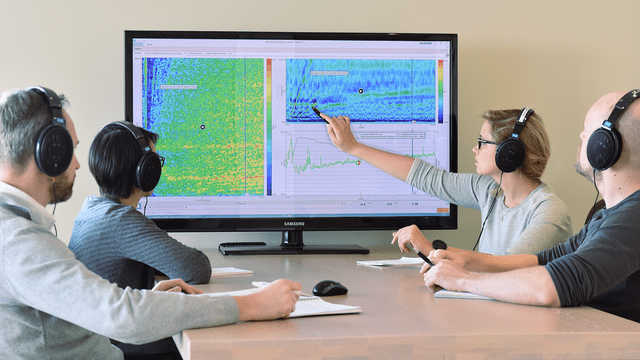
Active Sound Design
Engine downsizing, cylinder deactivation, and powertrain electrification change a vehicle’s sound signature. To maintain or redefine the brand sound, active sound design enhances interior sound and adds exterior sounds for the Acoustic Vehicle Alerting System (AVAS). Our dedicated automotive solution includes several sound design methods and real-time synthesis based on various engine parameters, such as speed, throttle position and torque. You can validate the synthesis in the office, on a driving simulator, or in the vehicle using a dedicated hardware.
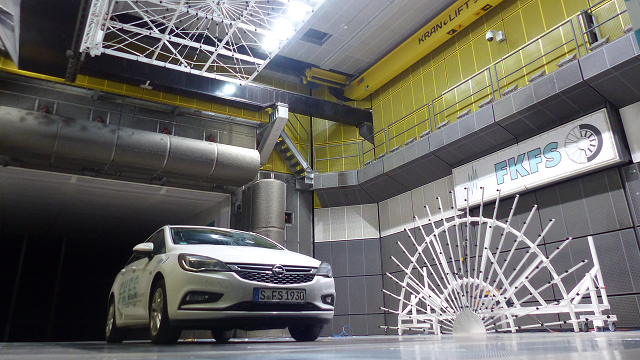
Aero-acoustic Wind Tunnel Testing
Adopt highly efficient and impactful procedures for wind tunnel testing to gain in-depth engineering insights even during the test. Combine different aero-acoustic testing technologies to provide a better understanding of vehicle aero-acoustic performance.

Pass-by Noise Engineering
Lowering pass-by noise level limits, updated certification standards, and the introduction of new technologies force NVH teams to adopt innovative and efficient pass-by noise engineering methods. Rely on our indoor and outdoor pass-by noise certification solutions to speed up testing against a wide range of institutional regulations and directives. Our solutions include test-based engineering methods to design vehicle sounds and predict pass-by noise levels.
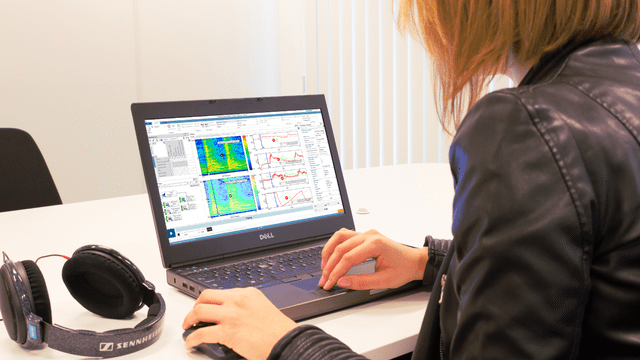
Sound Quality Engineering
Shape the sound of your product by relying on our sound quality testing solutions for noise level benchmarking, assessment, and troubleshooting. Listen, analyze, and combine objective and subjective evaluations to design irresistible brand sounds.
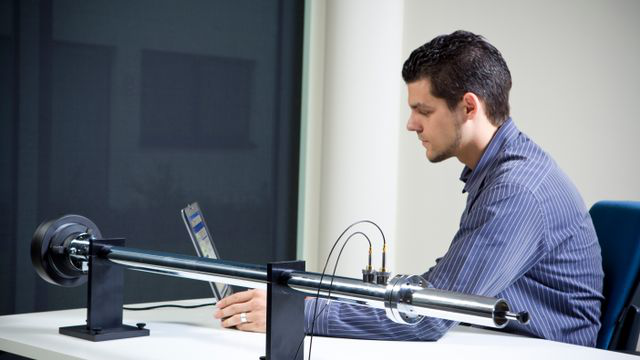
Acoustic Material Testing
Use of new lightweight materials impacts acoustic levels. Accurately identifying the acoustic properties of materials and components, such as mufflers, doors and panels, helps maintain comfort levels and reduce noise, while keeping material costs under control. Measure sound absorption and sound transmission loss with our tube or our room-based acoustic material testing solutions and efficiently characterize your product.
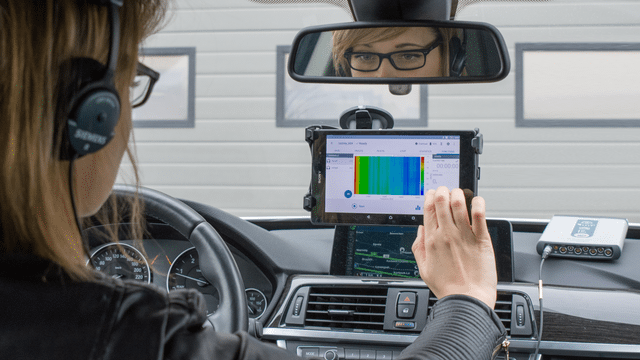
Operational NVH Testing
Efficiently assess the acoustic signature of products, in real operating conditions and in the shortest delays. Our intuitive and scalable operational NVH testing solution helps you perform fast and reliable measurements. Occasional and expert users can equally combine recordings of analog sensors inputs with data from a binaural headset, the vehicle bus, and the GPS antenna. They effortlessly validate data on the spot using embedded data processing and audio replay functionalities.

Sound Intensity Testing
Simplify the processes of intensity-based sound power testing while ensuring compliance with ISO measurement standards for both scanning and point-by-point methods. Our solution integrates a fully automated procedure, with robotized movements of the probe. It delivers adequate results for certification processes and additionally permits sound localization on a 3D geometry as well as the ranking of sound sources.
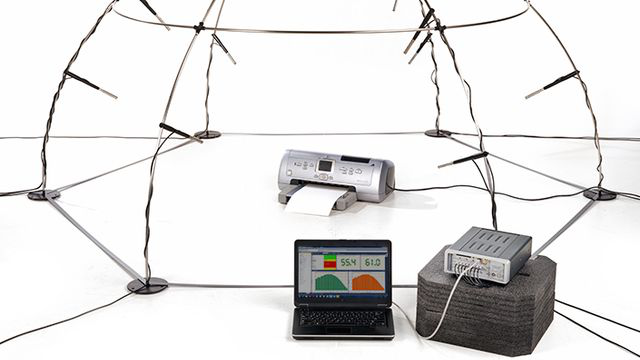
Sound Power Testing
Quantifying the sound power generated by a product is critical to many industries. Sound power values are required for certification, but also for engineering and benchmarking purposes. Our certified sound power testing solutions guide operators to comply with international standards and regulatory directives while offering the flexibility to incorporate custom, in-depth acoustic engineering workflows.
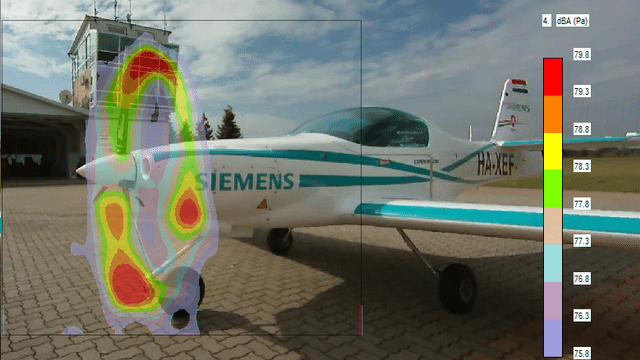
Sound Source Localization
Accurately, intuitively, and quickly visualize sound sources with our sound source localization (SSL) solutions. SSL helps you immediately confirm that you focus on the dominant noise issue. Our modular digital and analog microphone arrays support a wide range of applications from acoustic troubleshooting to sound power ranking, and aero-acoustic wind tunnel testing.

Analytics and Collaboration
As the amount of data from physical and virtual testing campaigns grows, it is fundamental to organize and keep track of it. Swiftly converting, visualizing, interpreting, comparing, analyzing, reporting, and sharing data are day-to-day tasks and often requires specific application knowledge.
Our dedicated desktop and test data management solutions are specifically designed to enable fast and safe access to physical test and simulation data, to interactively visualize, validate and correlate data from multiple sources, to speed up analysis through powerful displays and to save time and reduce errors by automating repetitive tasks. Processed data is transformed into concise and active reports, without loss of vital information.
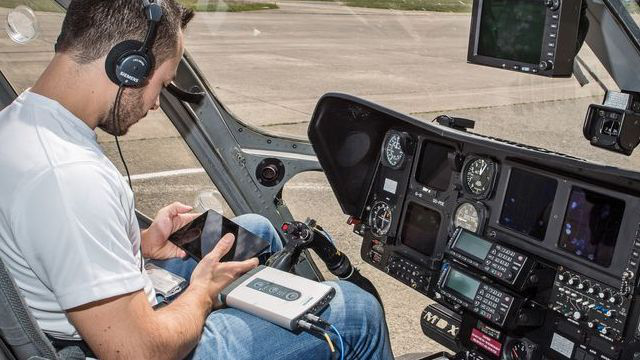
Application Automation
Simcenter is an open platform that can interact with other applications, be customized to comply with your specific needs or embed your proprietary processing. Companion apps for mobile devices improve the user’s efficiency for specific tasks.
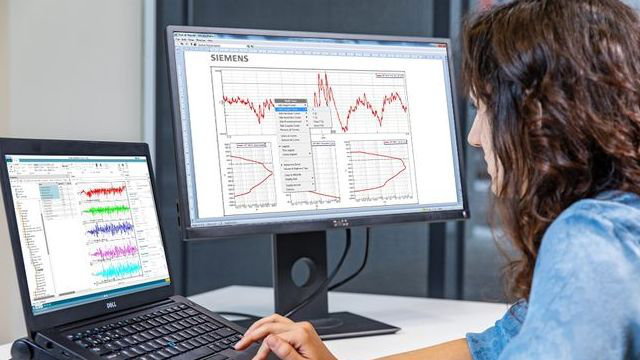
Data Viewing and Reporting
Navigate through measured or processed data to validate or compare results in dedicated engineering displays. Live reports enable animation of results to communicate achievements in a convincing and efficient way.
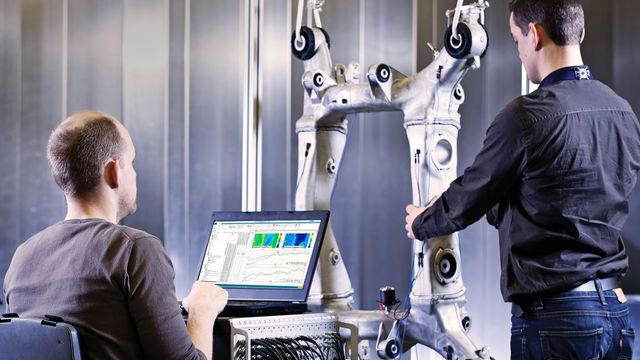
Test Data Analysis
Use Simcenter for the consistent execution of routine calculations or to troubleshoot unexpected issues. Directly analyze your data from within the displays, use interactive calculators or launch processing sequences to gain insights in your engineering data.
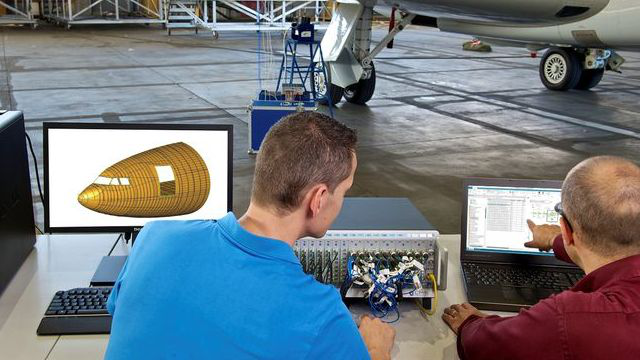
Test Data Correlation
Simcenter supports the validation or fine-tuning of engineering models by bringing physical test data and simulation results together in dedicated engineering displays for direct data comparison and correlation.
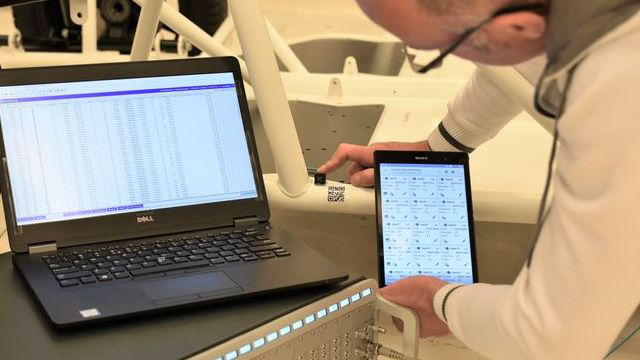
Test Data Management
Easily read or export measured and processed test data. Efficiently organize and manage your data with embedded test data management capabilities and share data within or across departments using the ASAM-ODS standard.

Durability Testing
The evolution of the transportation industry deeply impacts durability testing processes. Manufacturers introduce multiple vehicle variants, with lightweight designs. At the same time, consumers’ demand for durable products remains high. Durability testing teams suffer from an increased workload under time pressure.
Rely on our end-to-end durability testing solution to streamline your entire testing process. Simcenter uniquely integrates rugged and reliable data acquisition hardware with comprehensive processing and analysis software features. Our solution covers every step of a typical test campaign, from channel setup and measurements, to validation, consolidation, analysis, and reporting. With Simcenter, execute your entire test campaign in less time, with increased confidence, and fewer errors than ever.
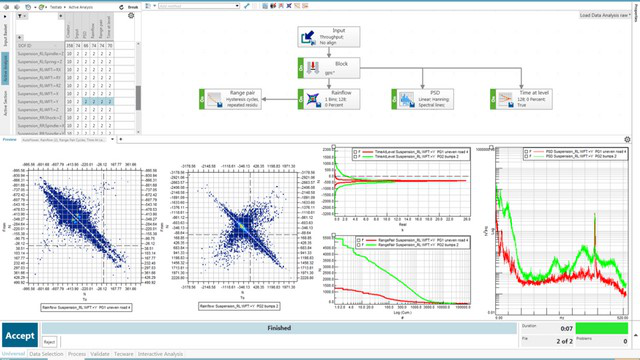
Load & Fatigue Analysis
Accelerate the delivery of critical durability insights when preparing for test rig campaigns or reliable simulations. To speed up time-consuming tasks such as load data consolidation, accurate rainflow counting, and experimental fatigue analysis, our load and fatigue analysis solution integrates instant visualization tools with interactive or automated analysis, performant processing, and active reporting.

Road Load Data Acquisition
Rely on a vast amount of top-quality data. Precision and realism of load data collected on proving grounds or public roads are essential for both virtual and physical product validation and verification. Our end-to-end road load data acquisition solution seamlessly integrates test instrumentation, setup, acquisition, validation, and reporting to accelerate the delivery of high-quality data.
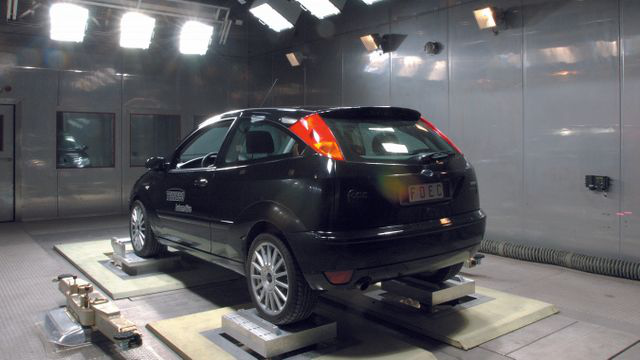
Accelerated Life Testing
Minimize the time and money spent on validating your product’s durability performance based on field tests. Our accelerated life testing solution helps design shorter and damage-equivalent test schedules for validation on single and multi-axis durability test rigs.

Optimized Test Schedules
Solve the riddle of mapping your product’s real usage to a condensed durability test schedule. Our solution lets you define tailored test schedules by synthesizing customer-correlated loading targets. It derives the optimal mix of test track sections to emulate the roads of the target market.
Dynamic Environmental Testing
Certification and qualification of products require specific dynamic tests whereby external excitation – shock, vibration, and noise – is applied. In these tests, excitation systems reproduce the realistic environmental conditions that products are subject to, such as shocks during transportation, vibrations during operation or extreme launch conditions.
Our end-to-end solution for dynamic environmental testing integrates an effective, high-speed multi-channel closed-loop shaker control system with parallel data acquisition and powerful analysis capabilities. It is a very intuitive tool for routine random, shock, sine, and combined modes testing. It features comprehensive time data replication applications, advanced functionalities for multi-axis vibration testing and acoustic field control, and is perfectly safe for vibration and acoustic qualification of space systems. Functionalities for test definition and analysis complement the offering.
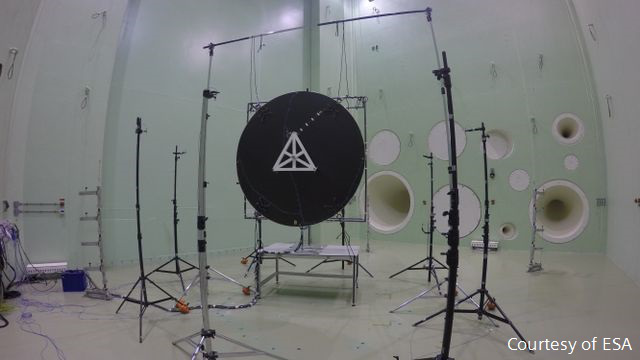
Closed-loop Acoustic Control
Some circumstances, such as the launch of a spacecraft into orbit, subject items to intense noise excitation levels. Acoustic tests ensure that items survive those conditions. Our closed-loop acoustic control solution is designed to perfectly control the acoustic level and shape in reverberant rooms. It also responds to the most stringent safety and tolerance requirements used in the space industry.
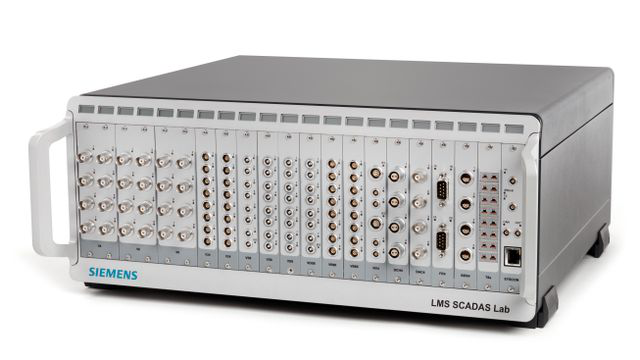
High-channel Count Data Acquisition
Our rack-based laboratory data acquisition systems combine expandable channel count with reliable high-speed throughput performance. Employ them for independent monitoring or to add multiple channels to an existing vibration controller. Our solutions record, analyze and reduce vibration, acoustic, or shock data in real-time, using the hardware configuration that best fits your needs.
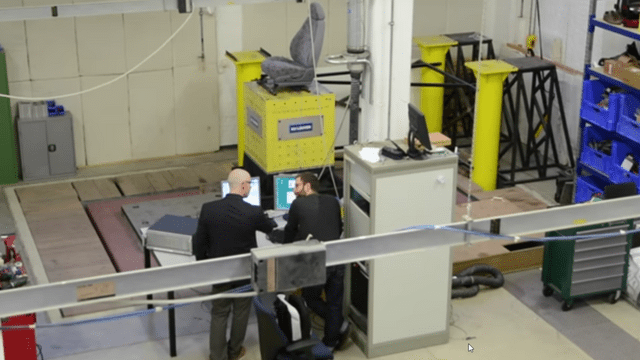
Multi-axis Vibration Testing
Multi-axis vibration testing improves test efficiency as it simultaneously excites all vibration axes. It increases test confidence by applying realistic vibration environments. Our advanced multi-axis vibration testing solutions embed robust control algorithms to accurately replicate multiple time-traces or multiple power-spectra targets using several exciters.

Test Definition & Analysis
Our dynamic environmental testing solutions embed a wide range of solutions for test definition and analysis. Define a realistic and accelerated test program to help reproduce field failures, perform shock response spectrum analysis to analyze shock data, or reduce vibration data of hundreds of channels using offline data reduction.
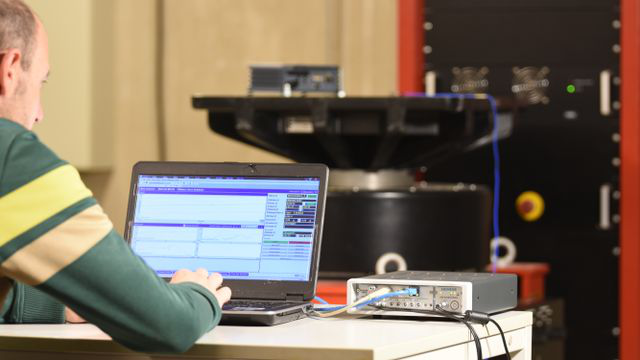
Vibration Qualification Testing
Vibration and shock testing helps engineers certify and qualify products, ensuring they properly operate under external conditions. Our intuitive vibration qualification testing solution provides accurate closed-loop shaker control for standard sine, random, and shock excitation. It provides comprehensive capabilities for the replication of time data or combined tests. It is also scalable to engineering needs with powerful analysis tools to get more insights out of test data.
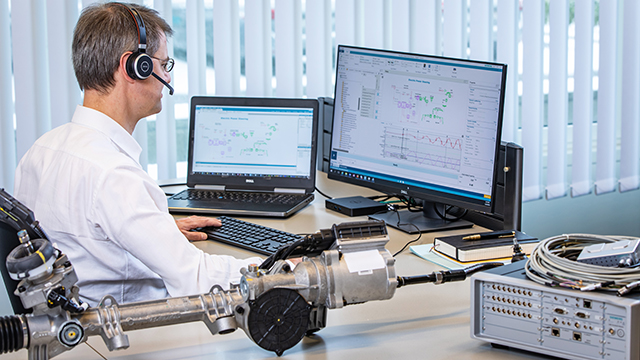
Model-based System Testing
In response to the main market drivers: energy efficiency, safety, and performance - many products now include controllers and electronic components that help optimize the product performance or refine its brand character. The widespread use of advanced control systems increases the complexity of product development, simulation, and testing.
To accelerate system testing at any development stage of the model-based development process, Simcenter extends its portfolio with model-based system testing capabilities. By integrating test and simulation in a single environment for validation of product performance, testing costs and risks can be reduced, productivity increased, and extra system insight gained. Model-based system testing maximizes the consistency of used tools and methods while providing a highly agile mechatronic system engineering environment. It also enables attribute-specific evaluation using virtual models, combined virtual-physical models, and physical prototypes.

Consistent Analysis
Ensure results consistency of your simulated and physical testing analyses. Model-based system testing allows you to employ the same analysis methods, the same libraries and parameter settings, regardless the origin of the data. Our solution gives access to simulated data from early engineering phases on and lets you analyze those identically to data measured on physical prototypes. The analysis and processing methods applied simultaneously on measured and simulated channels yield unambiguous data sets.
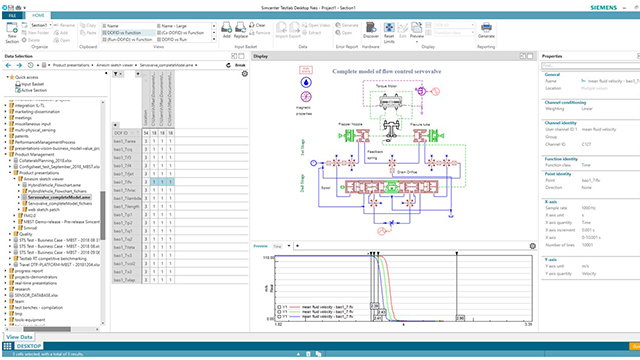
Immediate Correlation
Forget about file formatting, data import, time-base synchronization and unit conversion. Model-based system testing takes the burden away by running your simulation models inside Simcenter Testlab and by enabling model-driven data selection of multi-physical simulation results from Simcenter Amesim™. The simulation data and simulation model exchange helps to keep all your results automatically organized and properly displayed for immediate correlation.
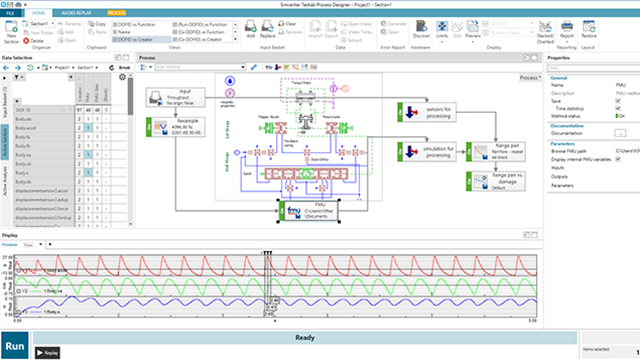
Model-based Virtual Sensors
Easily include simulation models using the FMI 2.0 standard – alike system simulation models from Simcenter Amesim – in any analysis process in Simcenter Testlab Process Designer. Use test data as FMI model input data to simulate operational conditions. The FMI model outputs become available as additional virtual channels in a test data format to augment test data for better engineering insights, for example, when direct measurements are not possible. Connect FMI model outputs to all existing analysis methods in the active process.
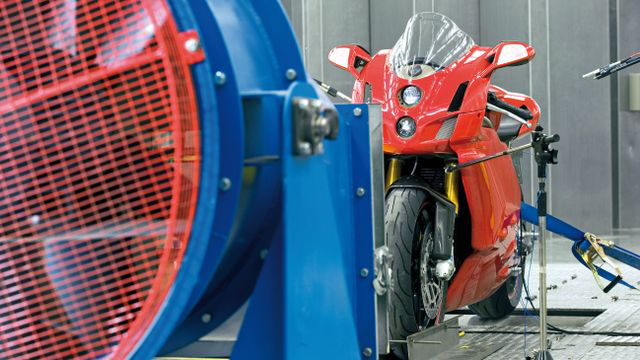
Rotating Machinery Testing
Optimized performance and (fuel) efficiency are essential criteria for driving the development of eco-friendly engines. However, consumers expect these criteria to come along with high reliability and low noise levels. Additionally, manufacturers strive to design a pleasant product sound that reflects a company’s brand image. Tuning an engine to meet all requirements has become a complex balancing act.
Our rotating machinery testing solutions allow NVH engineers to optimize the performance of rotating machinery, by acquiring and analyzing the impact of speed, torque and control strategies on sound quality, (torsional) vibrations, and energy efficiency. In the lab and in the field, our multi-disciplinary testing system saves time, increases data reliability, and maximizes insights into the machinery’s behavior.
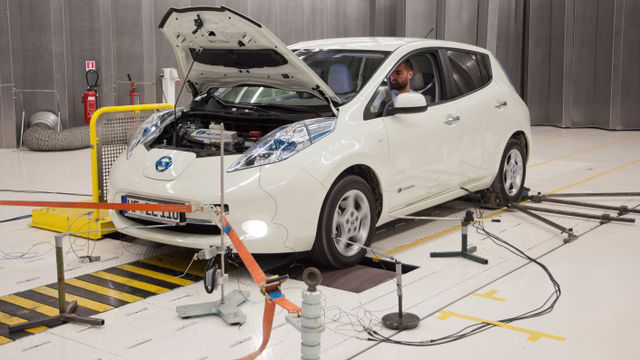
(H)EV Powertrain Testing
Vehicle manufacturers resort to vehicle hybridization (HEV) and electrification (EV) to achieve lower pollutant emission and fuel consumption targets. At the same time (H)EV should offer outstanding engine performance and vehicle comfort. Our testing solutions are employed for the engineering of (hybrid) electric powertrain with the purpose of gear whine reduction, powertrain integration, and PWM control strategy optimization. They also help understand CVT, ICE-engine, and electric motor interaction.
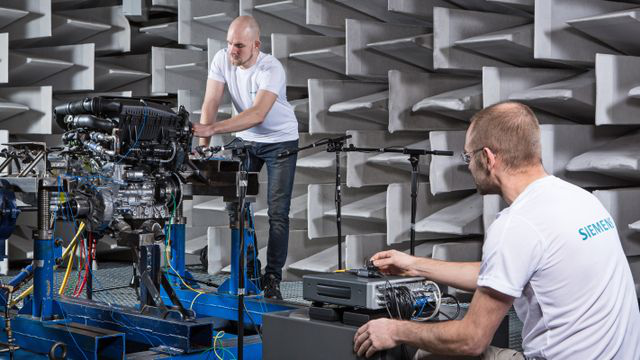
Combustion Engine Testing
Our internal combustion engine testing solutions simultaneously acquire all engine parameters required for efficient balancing of NVH and performance. The combined analysis of sound quality, torsional vibration, angle domain, combustion, and controller information saves time, increases data reliability, and maximizes insight even early in the development process.

Operational Data Collection
Delivering high-quality products requires to-the-point target setting, competitive benchmarking and physical prototype validation. With our Simcenter testing solutions, easily collect in-field and laboratory operational data for full vehicle and powertrain NVH development.
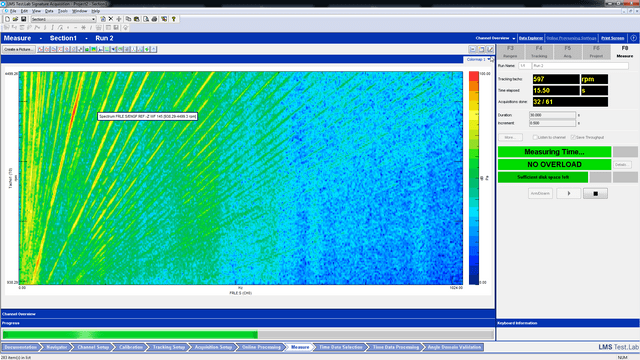
Signature Testing
Harmonic analysis is at the core of rotating machinery vibration and sound testing. Our state-of-the-art signature testing solutions include fixed sampling and synchronous order tracking to derive waterfall, order cuts, and engine maps from rpm and torque measurements in any operating condition. They make fully automated or highly interactive comparison of design variants easier than ever.

Torsional Vibration Testing
Torsional vibrations in power transmission systems induce noise and vibration disturbances that negatively impact comfort and may cause system failures. Our testing solutions help you visualize torsional vibrations, conduct high-precision rotational speed measurements on a wide range of angle and speed sensors, and analyze orders, narrowband waterfalls, and transmission errors.
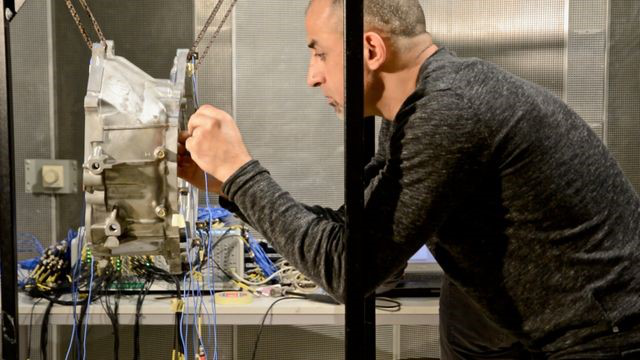
Structural Dynamics Testing
The days when structural dynamics testing involved extensive trial-and-error testing and time-consuming setups are over. With integrated Simcenter Testing Solutions, reduce the time required to perform modal testing and modal analysis - from weeks to days or even hours. The solutions give you access to state-of-the-art modal parameter identification methods to help you focus on the problem’s root cause and let you explore the optimal solution to address structural weaknesses.
Our solutions integrate 40 years of modal testing experience. Benefit from a tradition of cutting-edge engineering expertise and maximize your testing efficiency, when performing impact testing on small structures, running large-scale campaigns with hundreds of measurement channels, or validating 3D finite element models with experimental data.
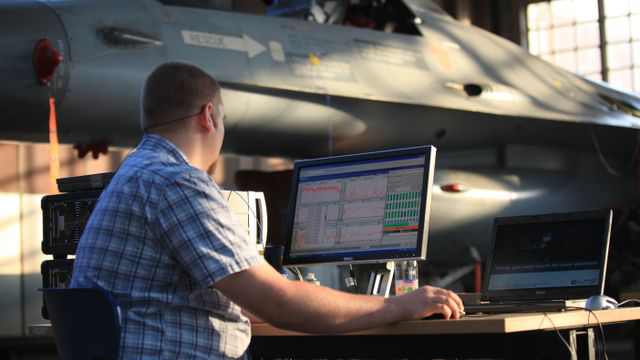
Ground Vibration Testing
Ground vibration testing (GVT) is a critical step in an aircraft’s flight certification process. The test experimentally measures the aircraft’s dynamic characteristics in different configurations, in order to validate the models used during aircraft design and predict flutter behavior. Our proven GVT solution shortens testing and analysis time without compromising results accuracy.
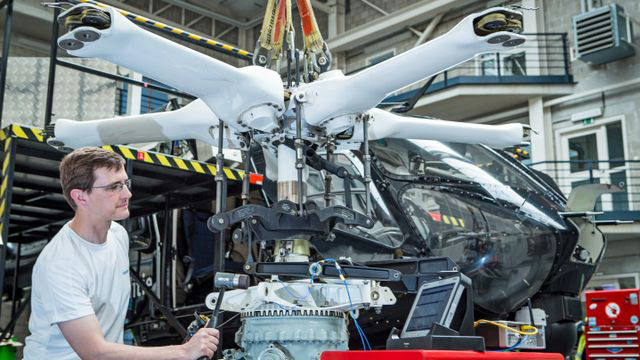
Modal Testing
Obtaining accurate frequency response functions (FRF) is the starting point of trustworthy NVH testing and analysis, in any situation such as performing a modal analysis, troubleshooting vibration issues or running a transfer path analysis. Rely on our dedicated solutions for impact hammer and shaker testing, as well as on our wide selection of excitation profiles, to execute your testing scenarios and obtain top-quality data quickly and efficiently.
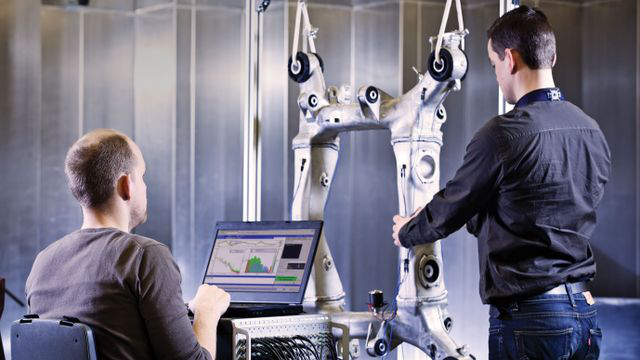
Experimental Modal Analysis
Combine modal testing and analysis tools to validate your 3D simulation models, perform vibration response calculations, or complete a root cause and damage detection analysis. Our solutions integrate over 40 years of engineering experience to help you easily perform a full experimental modal analysis.
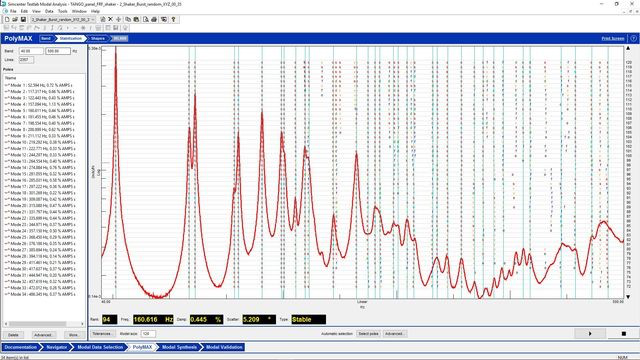
Modal Parameter Identification
One of the main objectives of modal analysis is to identify natural frequencies, modal damping and mode shapes of structures or objects, obtained from measured data. Rely on our state-of-the-art modal parameter identification algorithms to easily obtain accurate, reliable and repeatable modal estimates from frequency response functions (FRF) or operational data.

Operational Modal Analysis
Efficiently test objects or structures in any situation. As obtaining actual damping parameters is critical to assess a structure’s fatigue life, our solutions let you derive modal parameters from operating conditions, and test structures that are too large or heavy for laboratory setups. Our trustworthy operational modal analysis solutions allow you to effortlessly derive a structural model from field testing without extra instrumentation.
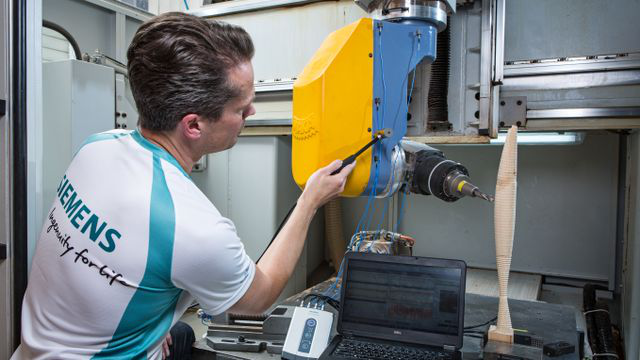
Vibration Troubleshooting
Streamline your process of analyzing and solving vibration issues. Simcenter Testing Solutions help you quickly pinpoint the root causes of vibration issues and offer powerful analysis tools to remedy structural weaknesses. From basic tools to advanced solutions, our Simcenter offering is always adapted to your needs.
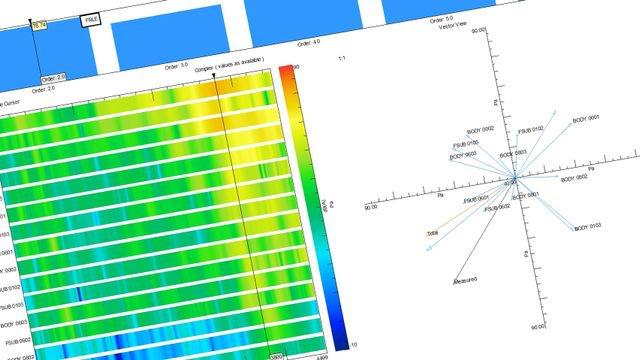
Transfer Path Analysis
In order to fully understand the vibration behavior of a system, engineers perform a transfer path analysis (TPA) that helps them identify and assess structure-borne and airborne energy transfer routes, from the excitation source to a given receiver location.
Transfer path analysis quantifies the various sources and their paths and figures out which ones contribute the most to the noise issues and which ones cancel each other out. From the quantified and modeled sources and paths, it becomes a relatively straightforward design task to optimize vibro-acoustic and the NVH performance of the system.
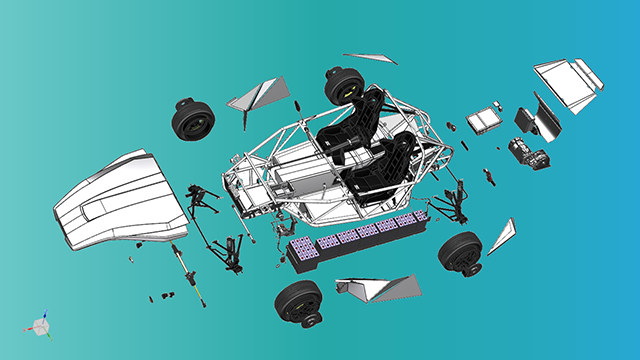
Component-based TPA
Predicting the in-vehicle noise contribution of components, such as powertrain, road, HVAC and steering system during early development, is tremendously challenging. To avoid endless design iterations, engineers need modular technologies that leverage measured individual component models into full-vehicle noise predictions. This is exactly the scope of component-based TPA. The process starts by characterizing the source loads independently, based on acquired free velocities or blocked forces. Next, using sub-structuring techniques, engineers can study the component-level NVH performance without having to physically create the full vehicle in all its variants. Such early predictions help to avoid issues and allow a more realistic design target setting.
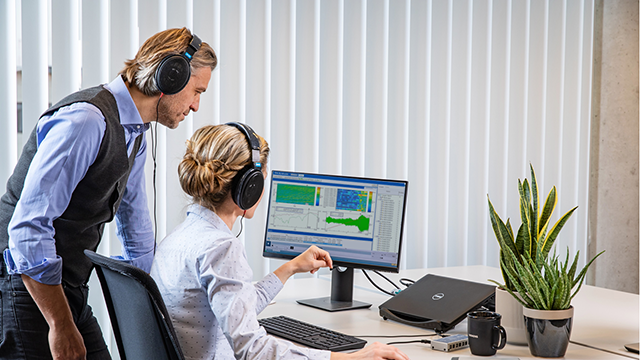
Auralization
Verify noise contributions using a time-domain transfer path analysis model. This model allows you to listen to the recorded sound of the powertrain components, tire friction, wind, and other contributors. It extends the use of TPA models to sound design and sound quality engineering. This process can also be applied to transient events such as engine restart and acceleration pedal tip-in/tip-out.
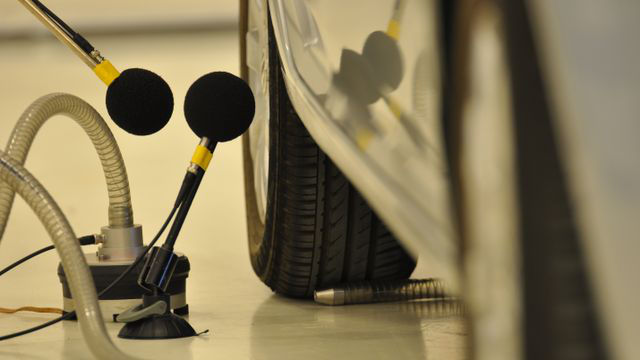
Pass-by Noise Engineering
Lowering pass-by noise level limits, updated certification standards, and the introduction of new technologies force NVH teams to adopt innovative and efficient pass-by noise engineering methods. Rely on our indoor and outdoor pass-by noise certification solutions to speed up testing against a wide range of institutional regulations and directives. Our solutions include test-based engineering methods to design vehicle sounds and predict pass-by noise levels.
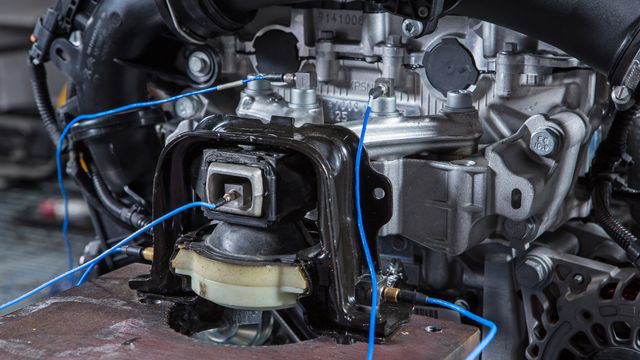
Powertrain Integration
Powertrain NVH engineers will seek to trace the flow of vibro-acoustic energy from the powertrain and identify path contributions in order to analyze the variables that can have an effect on the vibro-acoustic results. TPA allows you to assess several variants and compare and evaluate results. It plays a crucial role in the optimization process of the full vehicle NVH performance.
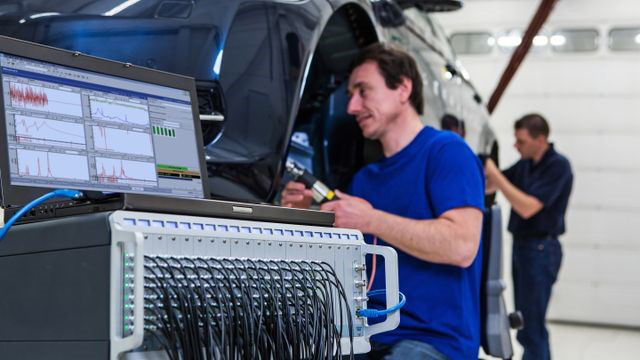
Road Noise Troubleshooting
Road noise is a major contributor to overall interior noise levels. With hybrid or electric vehicles, road noise is often more prominent as it is less or not at all masked by powertrain noise. TPA allows to separate the airborne and structure-borne contributions, as well as front and rear axle and suspension contributions. It helps identify root causes of excessive noise and validate chassis and body modifications with the goal to increase passenger comfort.
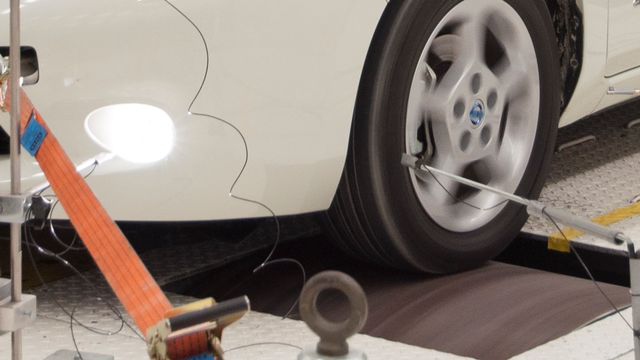
Troubleshooting & Benchmarking
Identify the root causes of noise and vibration issues with experimental transfer path analysis. This method provides deep insight into the system’s noise and vibration behavior. It is based on the source-transfer-receiver model and allows setting correct and precise countermeasures. In early development phases, it also helps to set realistic design targets on full system and component levels.


